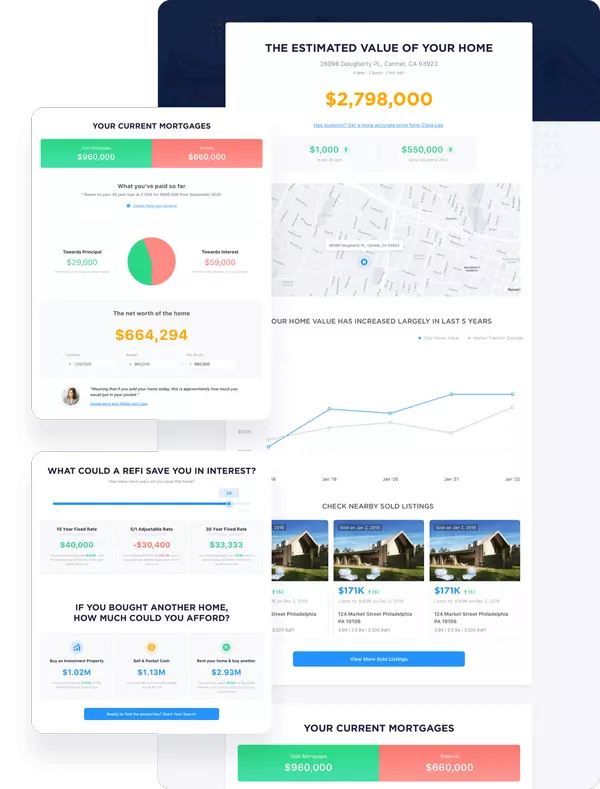By checking this box, I agree by electronic signature to the Electronic Disclosure Consent Agreement; to receive recurring marketing communication from or on behalf of Core Realty Advisors at Real Broker LLC, including auto-dialed calls, texts, and artificial/prerecorded voice messages (message frequency varies; data rates may apply; reply "STOP" to opt-out of texts or "HELP" for assistance); and to the Terms of Service and Privacy Policy of this website. Consent not required to make a purchase. I understand that I can call to obtain direct assistance.
Why Choose Us
Comprehensive Proactive Marketing
This is not simply putting a sign in the ground, this is high touch marketing that starts long before we even go live to ensure you have the absolute best first impression.
Aggressive Pricing
Our team believes in stretching the pricing without straining it to help ensure you net the most possible from your home sale
Lowest Days on Market
Because of our strategic preparations, comprehensive marketing, proactive follow-up and careful analysis of the market, we average the lowest day on the market in each neighborhood we serve.

We are here 24/7 to assist you with your home buying and selling needs from start to finish
(okay not 24/7. We need to have a life too, probably. Maybe we will fit in some reading or paddleboarding and such. Realtors who have a life are more fun and better at their job. How about this, we are here for you a lot of hours)
BLOG

Instant Reaction: Jobs, September 6, 2024
The net monthly job addition averaged 116,000 from 3 months to August. That is light. It even suggests the possibility of turning net negative in the upcoming months if the economy hits an unexpected speed bump. The softening job figures suggest that the Federal Reserve will cut interest rates in
Read More

HMDA and Housing Demand
The Home Mortgage Disclosure Act (HMDA) provides detailed information on mortgage lending activity, offering valuable insight into housing demand. Data on the number of loan applications can indicate whether housing demand is strong or weak, while approval rates reflect individuals' and families'
Read More

Instant Reaction: Mortgage Rates, September 5, 2024
Facts: The average 30-year fixed mortgage rate from Freddie Mac remained unchanged at 6.35% this week from last week. At 6.35%, with 20% down, a monthly mortgage payment on a home with a price of $400,000 is $1,991. With 10% down, the typical payment would be $2,240. Positive: Although mortgage
Read More
